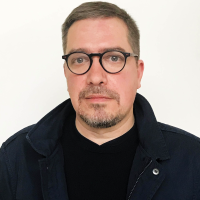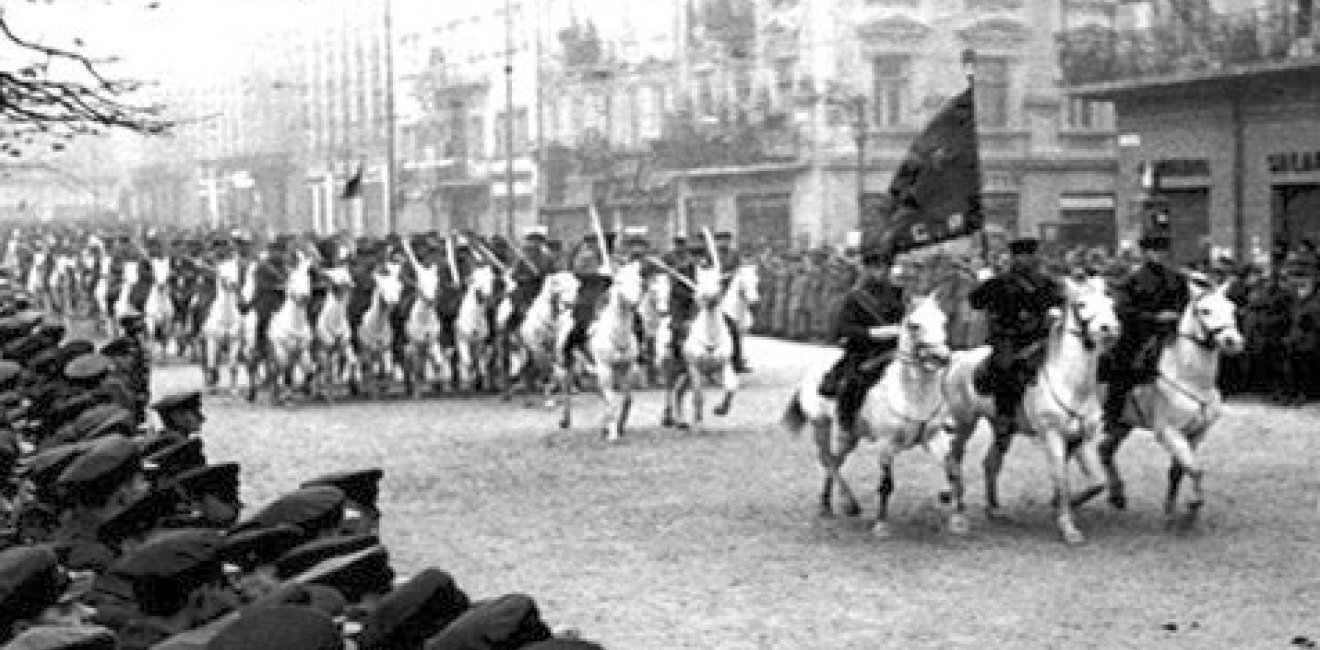
A blog of the Kennan Institute
BY MAXIM TRUDOLYUBOV
Many military analysts have rightly pointed out that the Russian invasion of Ukraine was based on incorrect assumptions about the state of Ukrainian society and its armed forces. From a value-free, professional point of view, this war does not make sense.
But there is one perspective from which the war can be seen as making sense, and that is the view from the Russian authoritarian leader’s desk. Despite his army’s poor performance on the battlefield, Vladimir Putin has been busy making use of his war domestically, moving considerably further on his home front than on Ukrainian soil.
Putin has been waging his “cold war” against Russian society for more than 20 years now, but he has shifted into higher gear during the last five months of his “hot war” against Ukraine.
Starting in the 2000s, the state purged all independent political parties, wiped out most independent nongovernmental organizations, and forced most other groups and associations to bend to its agenda. The Kremlin pushed its way into families by enacting a constitutional prohibition on same-sex unions. It restricted how people expressed themselves online by monitoring social media.
Yet, before February 24, there was a lot of unfinished business left. In late February and early March, a number of independent media outlets were reporting on the first stages of the invasion, individual activists and politicians were calling for protests against the war, and dozens of international foundations and organizations were still operating within the country. It was with the beginning of the invasion that Putin tidied up all those loose ends in one fell swoop.
The labeling of foreign agents or undesirables and criminal charges, arrests, bans, and new restrictive laws came down on the independent structures and individuals left. The last remaining prominent opposition leader, Ilya Yashin, was arrested for “spreading fake news” about the war. Very few independent journalists remain in Russia. Roskomnadzor, Russia’s internet censor, has blocked 5,300 websites since the invasion started.
For those who had any doubts as to what Putin’s domestic goals were, they have been made clear. For the past five months, the Russian government has been making every effort to finish reformatting and rewiring Russian society through and through.
Of course, the Ukrainian state and that nation’s liberty were the Kremlin’s openly declared targets. Russia’s aging leaders thought they would quickly subjugate the “disloyal” swaths of Ukrainian society, building upon the “loyal” ones that—as Putin wrongly assumed—existed.
But none of this would be possible with declining loyalty at home and the freedom of all those independent players to disrupt the Kremlin’s deranged plans. If there were any rational motives for Putin to start his criminal war, it was to prevent Russian society from slipping away from his grip. To go on, the Kremlin needed a quiet and malleable population back at home.
This war—with its latent mobilization and the imperative of rallying the ranks—is designed to accelerate the creation of a new Russian matrix. This matrix should cover Russia itself, plus those territories that the Kremlin is trying to make its own. In all of its captured cities, Ukrainian society will be reformatted according to the Kremlin’s model—by force and at an accelerated pace.
In practical terms, that includes deploying Russian security officials; replacing local elected authorities with loyal and appointed ones; identifying political activists and individuals who may have previously fought for the Ukrainian side; hunting down the organizers of pro-Ukraine rallies; and finding those who report about the invasion on social media, particularly on Telegram channels, a messenger app of choice for many in Russian-speaking as well as Ukrainian-speaking communities.
In Kherson, Melitopol, Berdiansk, and other places under Russian occupation, this is already happening. Everyone should understand that this is what will unavoidably occur wherever the Russian army sets foot.
With these kinds of operations, the Russian authorities have a lot of experience. Most of it was gained in the 1940s and after, in Bulgaria, Hungary, Poland, Latvia, Lithuania, Czechoslovakia, Estonia, and other countries which were occupied or put under strict control by the Soviet Union. In all of those states, the Soviet regime crushed grassroots structures and closed or forced out independent foundations and groups, from political parties to stamp collectors’ clubs. In their place, Soviet authorities established state-controlled structures headed by carefully vetted officials.
Back then, the process of bringing a country under centralized rule was called “Sovietization.” These days, it is “denazification,” to use Putin’s warped terminology. Decapitating communities, spying, arresting citizens deemed disloyal, deporting people by the hundred—this is what he promised—without fully explaining the term denazification—as he ordered his troops to invade Russia’s neighbor.
“When Putin was growing up, the Second World War was at the center of Soviet identity and the enemies were the fascists,’ Timothy Snyder, a professor of history at Yale University,” told a Washington Post foreign affairs reporter. “The irony now, Snyder said, is that Putin appears to be ‘fighting a war the way that actual Nazis did,’ invading neighbors on the pretext that their borders are irrelevant.”
Will Putin’s gains on his home front hold? Will he be able to build a replica of Russia’s imperial regime or a Soviet 2.0? The Russian empire was a highly stratified society marked by impenetrable boundaries between estates and economically propped up by a large rural class—more than 80 percent of the population. Soviet society, which replaced the imperial one, was a product of what the anthropologist James Scott has called “high modernism,” based on a vision of scientific progress and industrialization. The success of the state was determined by the possibilities of mass production, which required an extreme concentration of resources, colossal state structures, and the participation of millions of people.
Today’s Russia is a far cry from both previous Russias. A half or more of the population may be loyal to Putin, but the society itself is post-industrial, urban, aging, demographically declining, and highly individualistic. Only a crude reconstruction of the old order is possible. Like a house without foundations, such a reenactment will not last. The semblance of stability can, of course, be maintained by threats and repression. But no amount of violence, not even the most brutal, can bring about the birth of a truly stable “Russian matrix.”
The opinions expressed in this article are those solely of the author and do not reflect the views of the Kennan Institute.
Author

Editor-at-Large, Meduza

Kennan Institute
After more than 50 years as a vital part of the Wilson Center legacy, the Kennan Institute has become an independent think tank. You can find the current website for the Kennan Institute at kennaninstitute.org. Please look for future announcements about partnership activities between the Wilson Center and the Kennan Institute at Wilson Center Press Room. The Kennan Institute is the premier US center for advanced research on Eurasia and the oldest and largest regional program at the Woodrow Wilson International Center for Scholars. The Kennan Institute is committed to improving American understanding of Russia, Ukraine, Central Asia, the South Caucasus, and the surrounding region through research and exchange. Read more

Explore More in The Russia File
Browse The Russia File
Chechnya as a Model of Modern Russia

Russia’s Indigenous Communities and the War in Ukraine

Gas and Power in a Changing US–Russia Relationship

